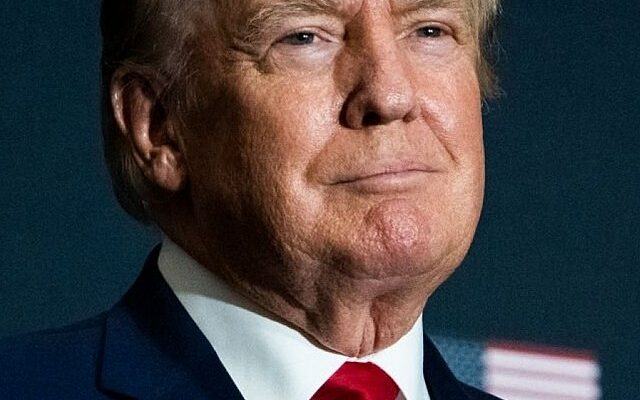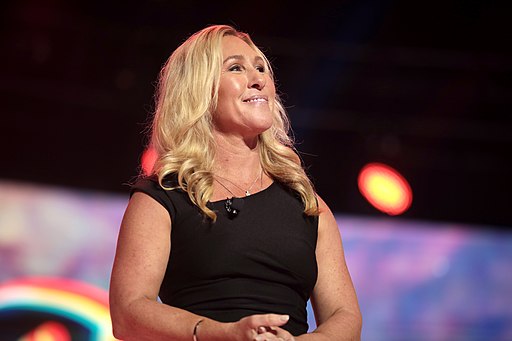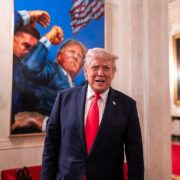
Donald Trump plans to use the economic might of America in foreign policy, but he’s giving some of the potential targets to get their acts together. The president announced on January 21, 2025, that he would postpone the implementation of a 25 percent tariff on goods from Mexico and Canada until February 1.
The tariff was originally proposed as a response to concerns about illegal immigration and the influx of fentanyl into the United States.
Trump stated that the delay was intended to provide time to finalize plans and coordinate efforts with Mexico and Canada, according to reports. He explained that the tariff was being considered because of the ongoing issue of people crossing the border illegally. This proposal is part of a larger strategy to address trade imbalances and generate additional revenue for the United States, a theme he emphasized in his inauguration speech. However, the tariff plan has not yet appeared in his recent executive orders, as his administration has been focused on investigating the root causes of America’s trade deficits.
The administration has also outlined plans to create an “External Revenue Service” to monitor tariffs and address unfair trade practices. The tariff proposal is tied to Trump’s concerns about illegal border crossings and drug trafficking. In 2024 alone, the U.S. Border Patrol encountered over one million illegal crossers at the southern border and confiscated significant amounts of fentanyl, which is a major contributor to the ongoing opioid crisis.
Mexico and Canada have taken steps to address these challenges. Mexico has worked to reduce its reliance on Chinese imports and has confiscated a record amount of fentanyl pills. Canada has launched a billion-dollar program aimed at addressing border-related issues. Despite these efforts, the tariff threats have strained relationships between the U.S. and its neighbors, complicating diplomatic discussions.
In December, Canadian official Doug Ford, the leader of something called Ontario, threatened to retaliate against the United States, saying, “We will go to the extent of cutting off their energy going down to Michigan, going down to New York State and over to Wisconsin.”
CNN noted that “Ford warned that Canada must use ‘every tool in our toolbox’ if Trump follows through on his threat to impose a 25% tariff on Canadian imports on his first day in office.
Given that Ontario is not a major producer of crude oil, Ford’s threat appeared to specifically apply to electricity the United States imports from Canada.
‘Canadians get hurt, but I can assure you one thing: The Americans are going to feel the pain as well, and isn’t that unfortunate,’ Ford said.
Canada, Mexico, and China aren’t the only countries facing pressure from potential tariffs. Trump threatened to impose tariffs on imports from Russia if Vladimir Putin did not settle the war in Ukraine, explained CNBC.
Trump’s warning, made in a social media post on his third day as president, called out Russian President Vladimir Putin by name.
“If we don’t make a ‘deal,’ and soon, I have no other choice but to put high levels of Taxes, Tariffs, and Sanctions on anything being sold by Russia to the United States, and various other participating countries,” Trump wrote on Truth Social.
“Let’s get this war, which never would have started if I were President, over with! We can do it the easy way, or the hard way — and the easy way is always better,” Trump wrote.
“It’s time to “MAKE A DEAL.” NO MORE LIVES SHOULD BE LOST!!!”
Trump has frequently claimed that, if re-elected to a second nonconsecutive term in the White House, he could end the war in Ukraine within a single day. The conflict started in February 2022 with Russia’s invasion.
[Read More: Conservative Lawyer Says One Trump Order Will Fail]











